Artificial Intelligence can facilitate selfish decisions by altering the appearance of interaction partners
Jun 07, 2023Nils Köbis, Philipp Lorenz-Spreen, Tamer Ajaj, Jean-Francois Bonnefon, Ralph Hertwig, Iyad Rahwan
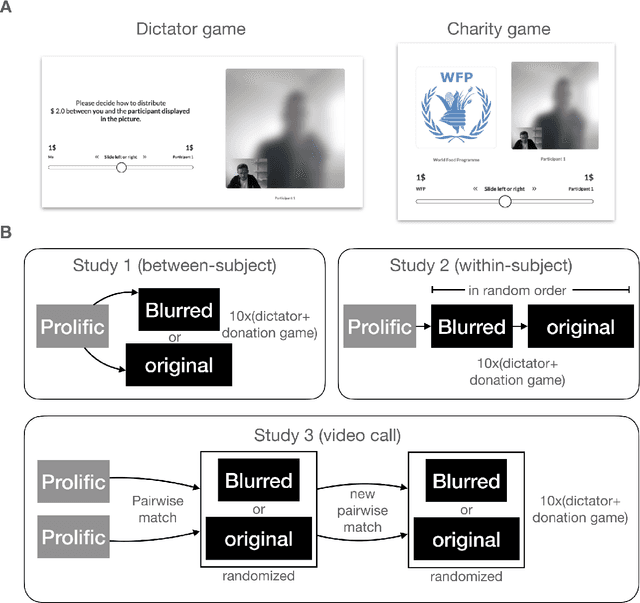
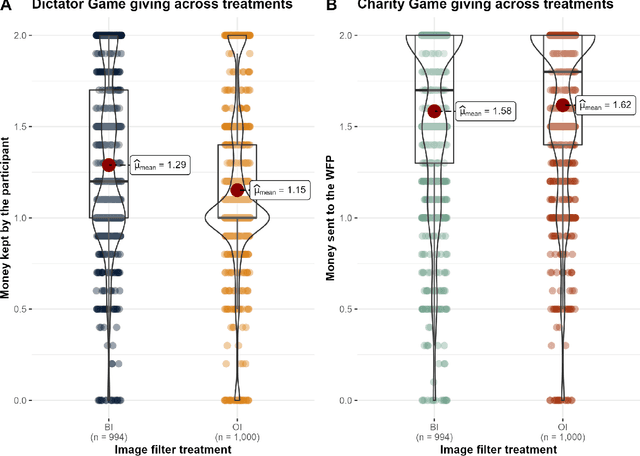
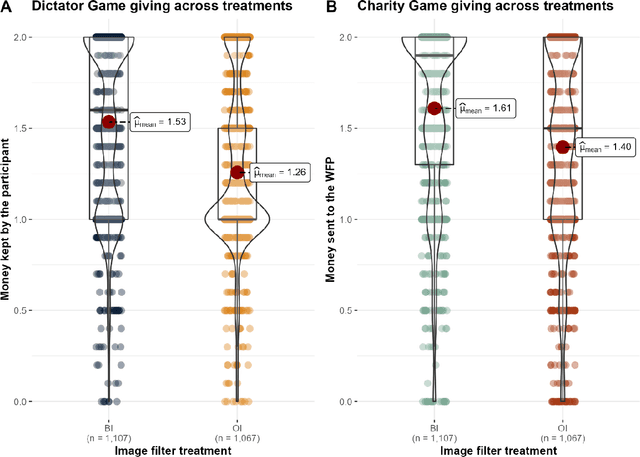
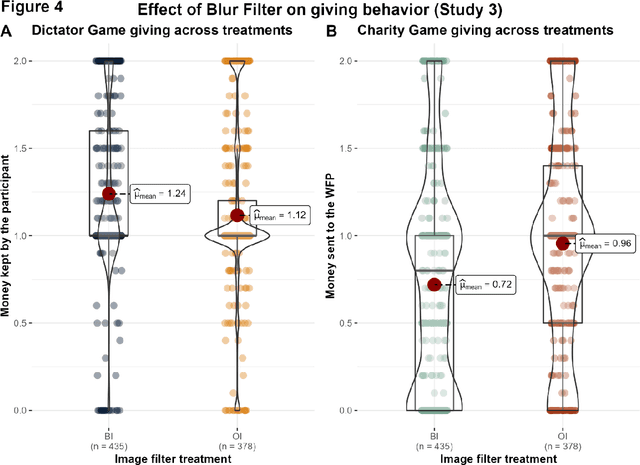
The increasing prevalence of image-altering filters on social media and video conferencing technologies has raised concerns about the ethical and psychological implications of using Artificial Intelligence (AI) to manipulate our perception of others. In this study, we specifically investigate the potential impact of blur filters, a type of appearance-altering technology, on individuals' behavior towards others. Our findings consistently demonstrate a significant increase in selfish behavior directed towards individuals whose appearance is blurred, suggesting that blur filters can facilitate moral disengagement through depersonalization. These results emphasize the need for broader ethical discussions surrounding AI technologies that modify our perception of others, including issues of transparency, consent, and the awareness of being subject to appearance manipulation by others. We also emphasize the importance of anticipatory experiments in informing the development of responsible guidelines and policies prior to the widespread adoption of such technologies.
Lie detection algorithms attract few users but vastly increase accusation rates
Dec 08, 2022Alicia von Schenk, Victor Klockmann, Jean-François Bonnefon, Iyad Rahwan, Nils Köbis
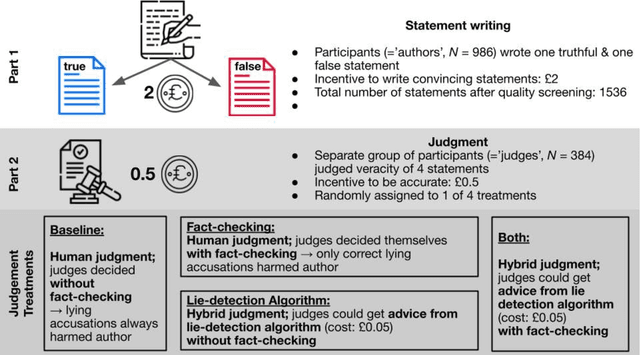
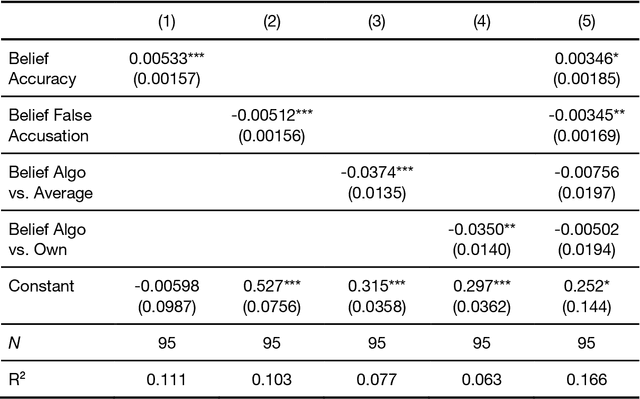
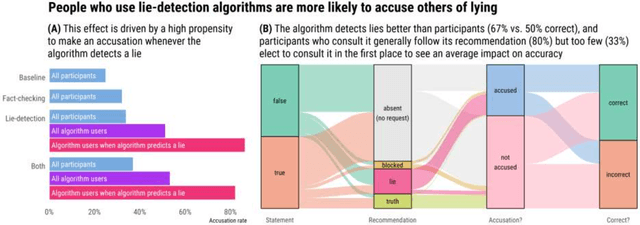
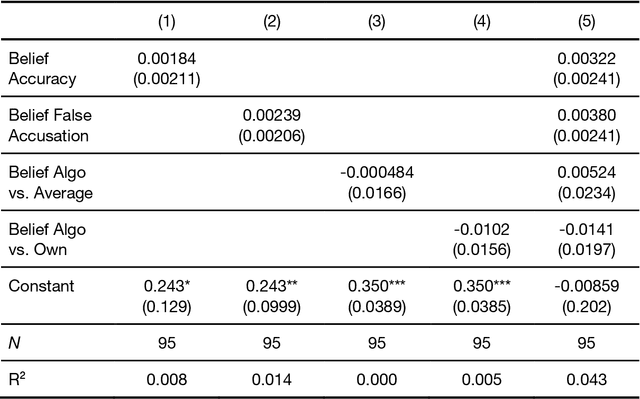
People are not very good at detecting lies, which may explain why they refrain from accusing others of lying, given the social costs attached to false accusations - both for the accuser and the accused. Here we consider how this social balance might be disrupted by the availability of lie-detection algorithms powered by Artificial Intelligence. Will people elect to use lie detection algorithms that perform better than humans, and if so, will they show less restraint in their accusations? We built a machine learning classifier whose accuracy (67\%) was significantly better than human accuracy (50\%) in a lie-detection task and conducted an incentivized lie-detection experiment in which we measured participants' propensity to use the algorithm, as well as the impact of that use on accusation rates. We find that the few people (33\%) who elect to use the algorithm drastically increase their accusation rates (from 25\% in the baseline condition up to 86% when the algorithm flags a statement as a lie). They make more false accusations (18pp increase), but at the same time, the probability of a lie remaining undetected is much lower in this group (36pp decrease). We consider individual motivations for using lie detection algorithms and the social implications of these algorithms.
When Is It Acceptable to Break the Rules? Knowledge Representation of Moral Judgement Based on Empirical Data
Jan 19, 2022Edmond Awad, Sydney Levine, Andrea Loreggia, Nicholas Mattei, Iyad Rahwan, Francesca Rossi, Kartik Talamadupula, Joshua Tenenbaum, Max Kleiman-Weiner
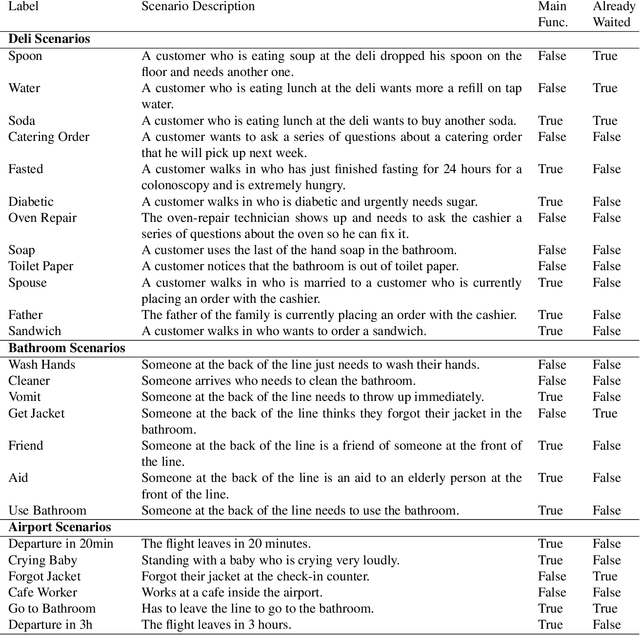
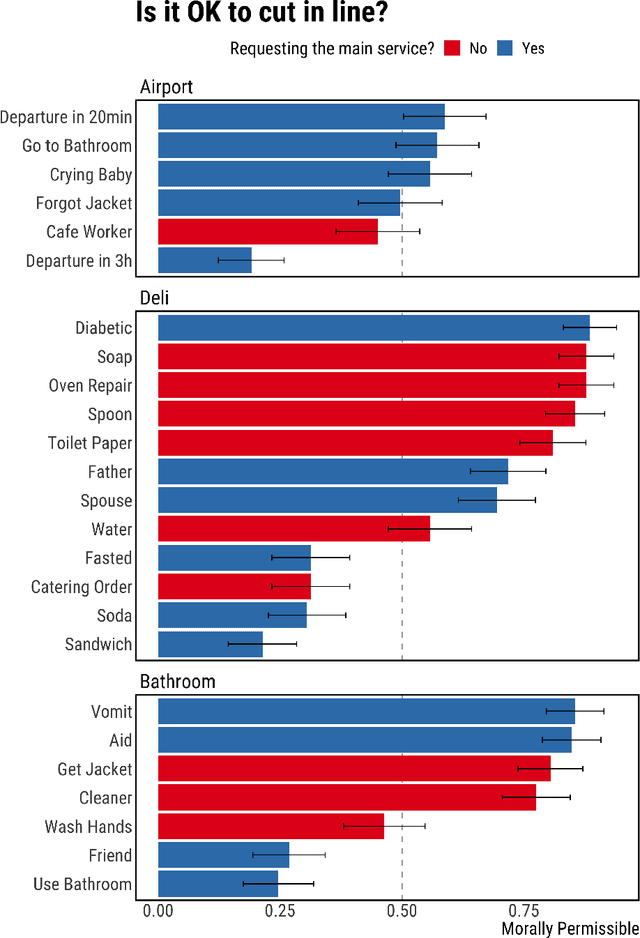
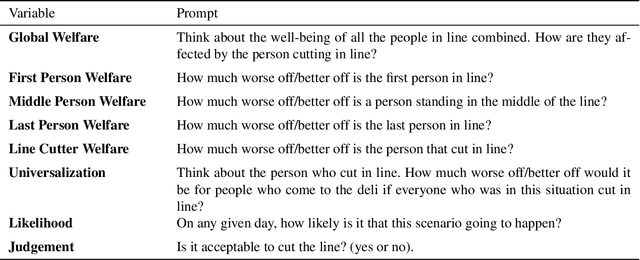
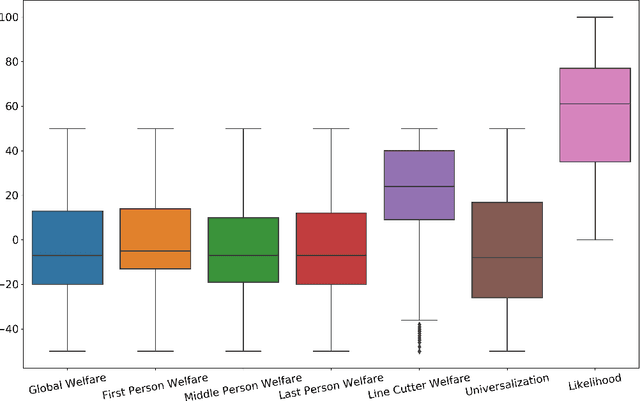
One of the most remarkable things about the human moral mind is its flexibility. We can make moral judgments about cases we have never seen before. We can decide that pre-established rules should be broken. We can invent novel rules on the fly. Capturing this flexibility is one of the central challenges in developing AI systems that can interpret and produce human-like moral judgment. This paper details the results of a study of real-world decision makers who judge whether it is acceptable to break a well-established norm: ``no cutting in line.'' We gather data on how human participants judge the acceptability of line-cutting in a range of scenarios. Then, in order to effectively embed these reasoning capabilities into a machine, we propose a method for modeling them using a preference-based structure, which captures a novel modification to standard ``dual process'' theories of moral judgment.
Artificial Intelligence as an Anti-Corruption Tool (AI-ACT) -- Potentials and Pitfalls for Top-down and Bottom-up Approaches
Feb 23, 2021Nils Köbis, Christopher Starke, Iyad Rahwan
Corruption continues to be one of the biggest societal challenges of our time. New hope is placed in Artificial Intelligence (AI) to serve as an unbiased anti-corruption agent. Ever more available (open) government data paired with unprecedented performance of such algorithms render AI the next frontier in anti-corruption. Summarizing existing efforts to use AI-based anti-corruption tools (AI-ACT), we introduce a conceptual framework to advance research and policy. It outlines why AI presents a unique tool for top-down and bottom-up anti-corruption approaches. For both approaches, we outline in detail how AI-ACT present different potentials and pitfalls for (a) input data, (b) algorithmic design, and (c) institutional implementation. Finally, we venture a look into the future and flesh out key questions that need to be addressed to develop AI-ACT while considering citizens' views, hence putting "society in the loop".
SensitiveLoss: Improving Accuracy and Fairness of Face Representations with Discrimination-Aware Deep Learning
Apr 22, 2020Ignacio Serna, Aythami Morales, Julian Fierrez, Manuel Cebrian, Nick Obradovich, Iyad Rahwan
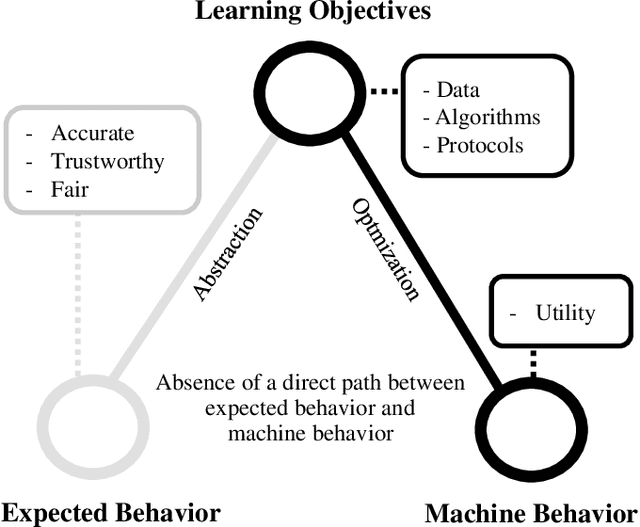
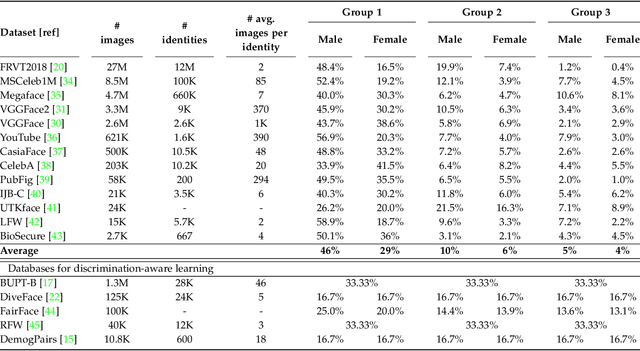

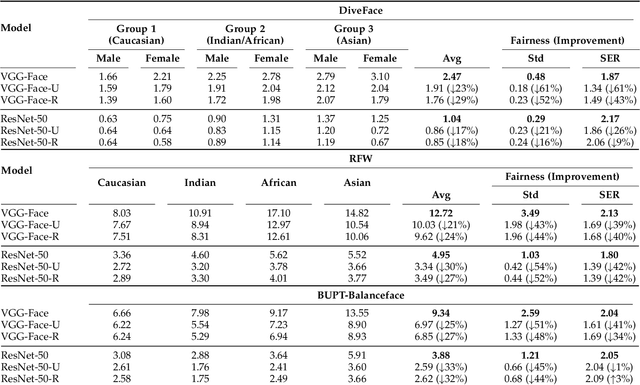
We propose a new discrimination-aware learning method to improve both accuracy and fairness of face recognition algorithms. The most popular face recognition benchmarks assume a distribution of subjects without paying much attention to their demographic attributes. In this work, we perform a comprehensive discrimination-aware experimentation of deep learning-based face recognition. We also propose a general formulation of algorithmic discrimination with application to face biometrics. The experiments include two popular face recognition models and three public databases composed of 64,000 identities from different demographic groups characterized by gender and ethnicity. We experimentally show that learning processes based on the most used face databases have led to popular pre-trained deep face models that present a strong algorithmic discrimination. We finally propose a discrimination-aware learning method, SensitiveLoss, based on the popular triplet loss function and a sensitive triplet generator. Our approach works as an add-on to pre-trained networks and is used to improve their performance in terms of average accuracy and fairness. The method shows results comparable to state-of-the-art de-biasing networks and represents a step forward to prevent discriminatory effects by automatic systems.
Algorithmic Discrimination: Formulation and Exploration in Deep Learning-based Face Biometrics
Dec 04, 2019Ignacio Serna, Aythami Morales, Julian Fierrez, Manuel Cebrian, Nick Obradovich, Iyad Rahwan


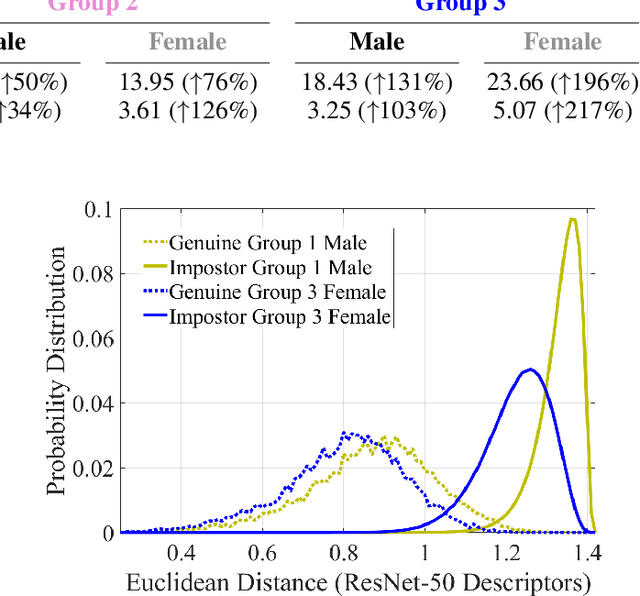
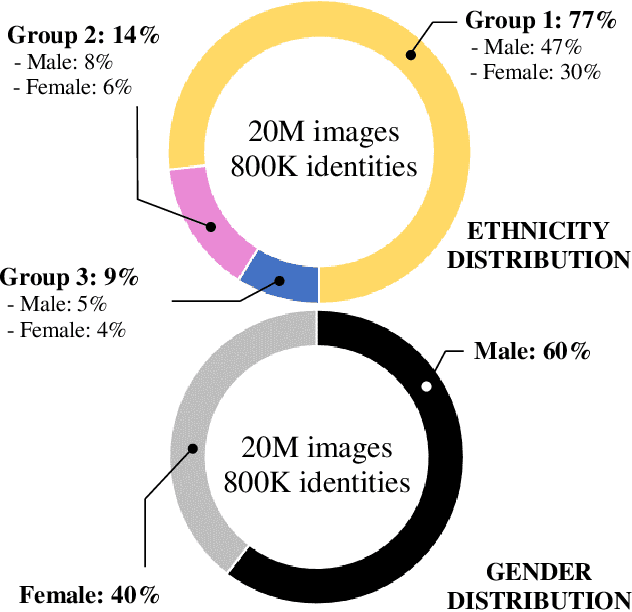
The most popular face recognition benchmarks assume a distribution of subjects without much attention to their demographic attributes. In this work, we perform a comprehensive discrimination-aware experimentation of deep learning-based face recognition. The main aim of this study is focused on a better understanding of the feature space generated by deep models, and the performance achieved over different demographic groups. We also propose a general formulation of algorithmic discrimination with application to face biometrics. The experiments are conducted over the new DiveFace database composed of 24K identities from six different demographic groups. Two popular face recognition models are considered in the experimental framework: ResNet-50 and VGG-Face. We experimentally show that demographic groups highly represented in popular face databases have led to popular pre-trained deep face models presenting strong algorithmic discrimination. That discrimination can be observed both qualitatively at the feature space of the deep models and quantitatively in large performance differences when applying those models in different demographic groups, e.g. for face biometrics.
Human detection of machine manipulated media
Jul 06, 2019Matthew Groh, Ziv Epstein, Nick Obradovich, Manuel Cebrian, Iyad Rahwan


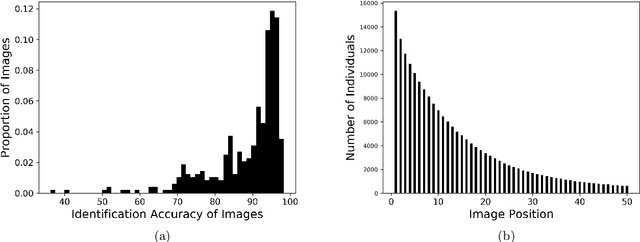
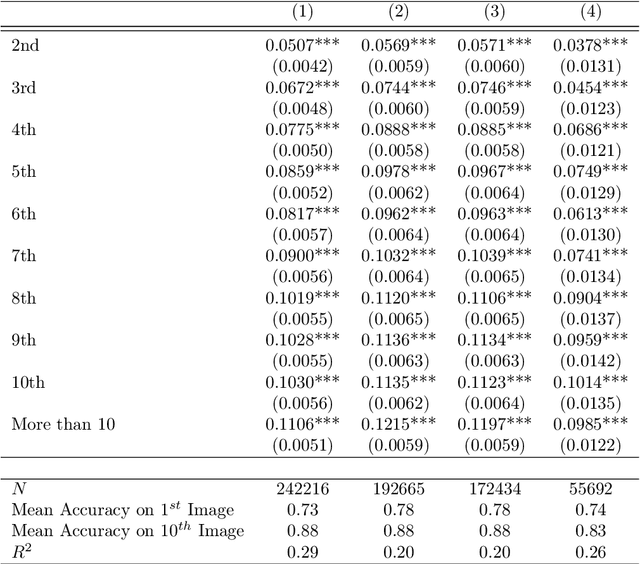
Recent advances in neural networks for content generation enable artificial intelligence (AI) models to generate high-quality media manipulations. Here we report on a randomized experiment designed to study the effect of exposure to media manipulations on over 15,000 individuals' ability to discern machine-manipulated media. We engineer a neural network to plausibly and automatically remove objects from images, and we deploy this neural network online with a randomized experiment where participants can guess which image out of a pair of images has been manipulated. The system provides participants feedback on the accuracy of each guess. In the experiment, we randomize the order in which images are presented, allowing causal identification of the learning curve surrounding participants' ability to detect fake content. We find sizable and robust evidence that individuals learn to detect fake content through exposure to manipulated media when provided iterative feedback on their detection attempts. Over a succession of only ten images, participants increase their rating accuracy by over ten percentage points. Our study provides initial evidence that human ability to detect fake, machine-generated content may increase alongside the prevalence of such media online.
Evaluating Style Transfer for Text
Apr 04, 2019Remi Mir, Bjarke Felbo, Nick Obradovich, Iyad Rahwan

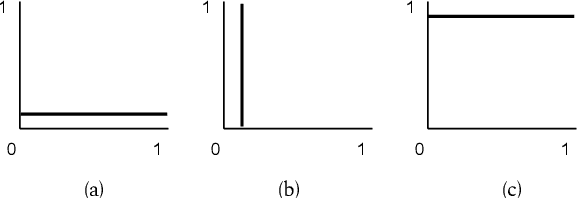
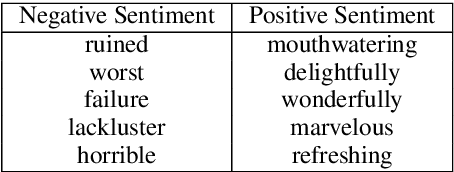
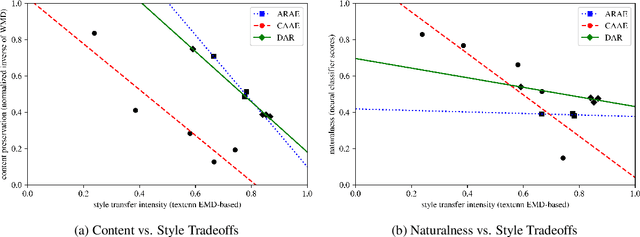
Research in the area of style transfer for text is currently bottlenecked by a lack of standard evaluation practices. This paper aims to alleviate this issue by experimentally identifying best practices with a Yelp sentiment dataset. We specify three aspects of interest (style transfer intensity, content preservation, and naturalness) and show how to obtain more reliable measures of them from human evaluation than in previous work. We propose a set of metrics for automated evaluation and demonstrate that they are more strongly correlated and in agreement with human judgment: direction-corrected Earth Mover's Distance, Word Mover's Distance on style-masked texts, and adversarial classification for the respective aspects. We also show that the three examined models exhibit tradeoffs between aspects of interest, demonstrating the importance of evaluating style transfer models at specific points of their tradeoff plots. We release software with our evaluation metrics to facilitate research.
Blaming humans in autonomous vehicle accidents: Shared responsibility across levels of automation
Mar 21, 2018Edmond Awad, Sydney Levine, Max Kleiman-Weiner, Sohan Dsouza, Joshua B. Tenenbaum, Azim Shariff, Jean-François Bonnefon, Iyad Rahwan
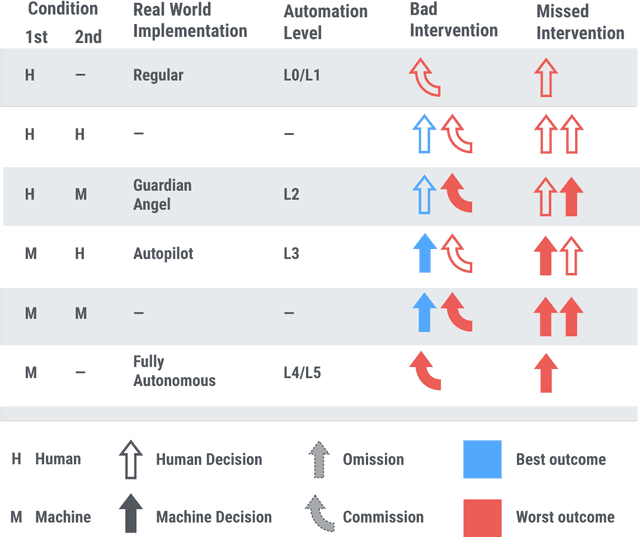
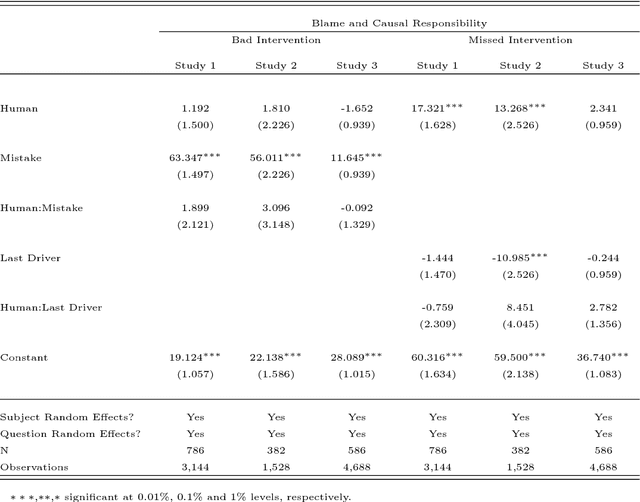
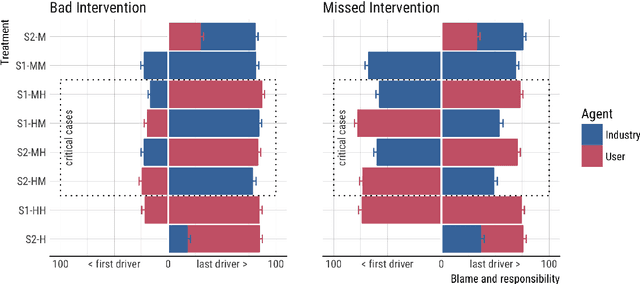
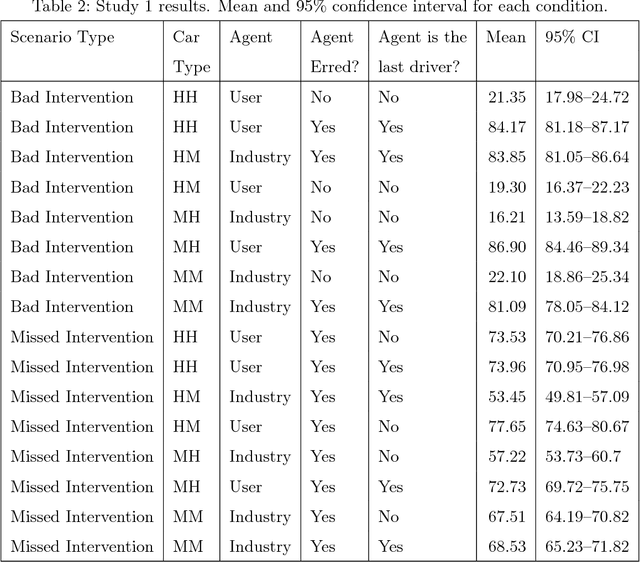
When a semi-autonomous car crashes and harms someone, how are blame and causal responsibility distributed across the human and machine drivers? In this article, we consider cases in which a pedestrian was hit and killed by a car being operated under shared control of a primary and a secondary driver. We find that when only one driver makes an error, that driver receives the blame and is considered causally responsible for the harm, regardless of whether that driver is a machine or a human. However, when both drivers make errors in cases of shared control between a human and a machine, the blame and responsibility attributed to the machine is reduced. This finding portends a public under-reaction to the malfunctioning AI components of semi-autonomous cars and therefore has a direct policy implication: a bottom-up regulatory scheme (which operates through tort law that is adjudicated through the jury system) could fail to properly regulate the safety of shared-control vehicles; instead, a top-down scheme (enacted through federal laws) may be called for.
Closing the AI Knowledge Gap
Mar 20, 2018Ziv Epstein, Blakeley H. Payne, Judy Hanwen Shen, Abhimanyu Dubey, Bjarke Felbo, Matthew Groh, Nick Obradovich, Manuel Cebrian, Iyad Rahwan

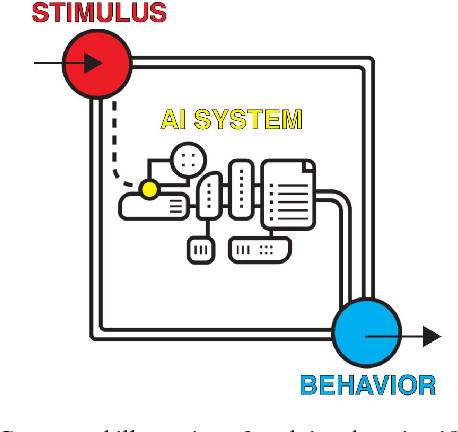
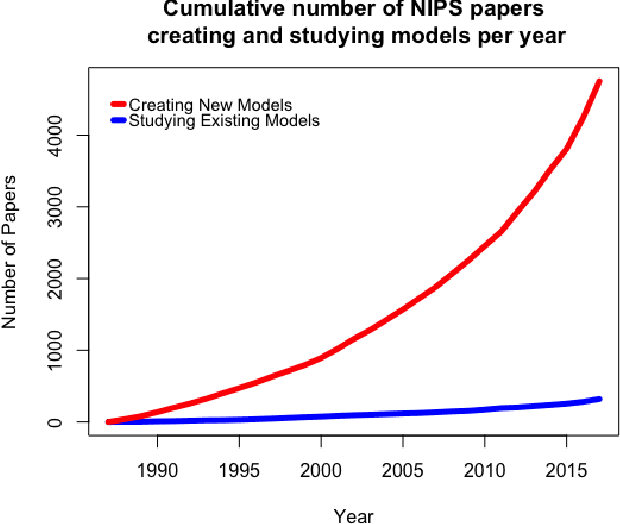
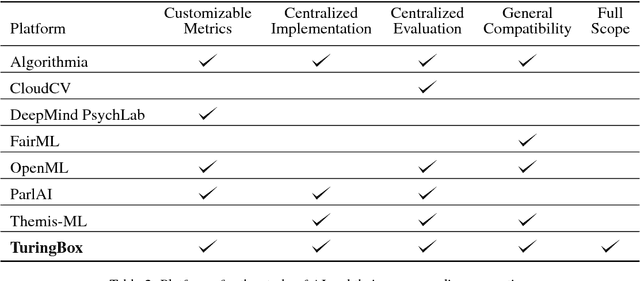
AI researchers employ not only the scientific method, but also methodology from mathematics and engineering. However, the use of the scientific method - specifically hypothesis testing - in AI is typically conducted in service of engineering objectives. Growing interest in topics such as fairness and algorithmic bias show that engineering-focused questions only comprise a subset of the important questions about AI systems. This results in the AI Knowledge Gap: the number of unique AI systems grows faster than the number of studies that characterize these systems' behavior. To close this gap, we argue that the study of AI could benefit from the greater inclusion of researchers who are well positioned to formulate and test hypotheses about the behavior of AI systems. We examine the barriers preventing social and behavioral scientists from conducting such studies. Our diagnosis suggests that accelerating the scientific study of AI systems requires new incentives for academia and industry, mediated by new tools and institutions. To address these needs, we propose a two-sided marketplace called TuringBox. On one side, AI contributors upload existing and novel algorithms to be studied scientifically by others. On the other side, AI examiners develop and post machine intelligence tasks designed to evaluate and characterize algorithmic behavior. We discuss this market's potential to democratize the scientific study of AI behavior, and thus narrow the AI Knowledge Gap.
 Add to Chrome
Add to Chrome Add to Firefox
Add to Firefox Add to Edge
Add to Edge